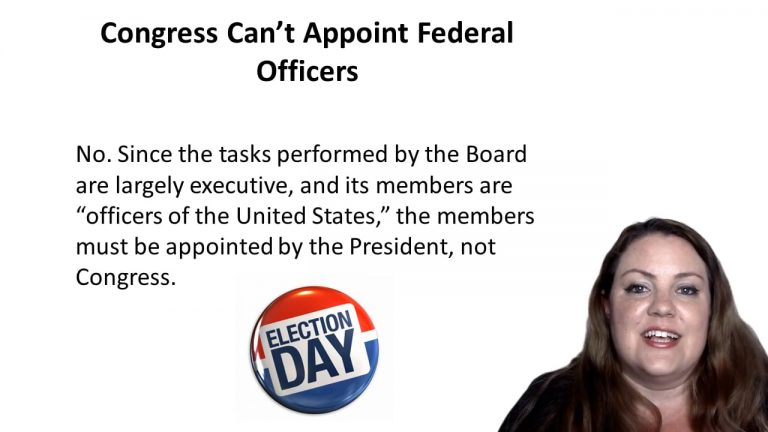SmartBrief
Confirm favorite deletion?
Constitutional Law Keyed to Maggs
Clinton v. New York
Citation:
524 U.S. 417 (1998)Facts
The Line Item Veto Act gives the President the power to cancel in whole three types of provisions that have been signed into law: (1) any dollar amount of discretionary budget authority; (2) any item of new direct spending; or (3) any limited tax benefit. The Act requires the President to adhere to precise procedures whenever he exercises his cancellation authority. In identifying items for cancellation he must consider the legislative history, the purposes, and other relevant information about the items. He also must transmit a special message to Congress notifying it of each cancellation within five calendar days. The President exercised his authority to cancel one provision in the Balanced Budget Act of 1997, which waived the Federal Government’s statutory right to re-coupment of as much as $2.6 billion in taxes that the State of New York had levied against Medicaid providers. Appellees, claiming they had been injured, sued the President challenging the cancellations.
Only StudyBuddy Pro offers the complete Case Brief Anatomy*
Access the most important case brief elements for optimal case understanding.
*Case Brief Anatomy includes: Brief Prologue, Complete Case Brief, Brief Epilogue
- The Brief Prologue provides necessary case brief introductory information and includes:
Topic:
Identifies the topic of law and where this case fits within your course outline.Parties:
Identifies the cast of characters involved in the case.Procedural Posture & History:
Shares the case history with how lower courts have ruled on the matter.Case Key Terms, Acts, Doctrines, etc.:
A case specific Legal Term Dictionary.Case Doctrines, Acts, Statutes, Amendments and Treatises:
Identifies and Defines Legal Authority used in this case.
- The Case Brief is the complete case summarized and authored in the traditional Law School I.R.A.C. format. The Pro case brief includes:
Brief Facts:
A Synopsis of the Facts of the case.Rule of Law:
Identifies the Legal Principle the Court used in deciding the case.Facts:
What are the factual circumstances that gave rise to the civil or criminal case? What is the relationship of the Parties that are involved in the case.Issue(s):
Lists the Questions of Law that are raised by the Facts of the case.Holding:
Shares the Court's answer to the legal questions raised in the issue.Concurring / Dissenting Opinions:
Includes valuable concurring or dissenting opinions and their key points.Reasoning and Analysis:
Identifies the chain of argument(s) which led the judges to rule as they did.
- The Brief Prologue closes the case brief with important forward-looking discussion and includes:
Policy:
Identifies the Policy if any that has been established by the case.Court Direction:
Shares where the Court went from here for this case.
Topic Resources
Topic Outline
Topic Refresher Course
Topic Charts & Notes

 8m 0s
8m 0s